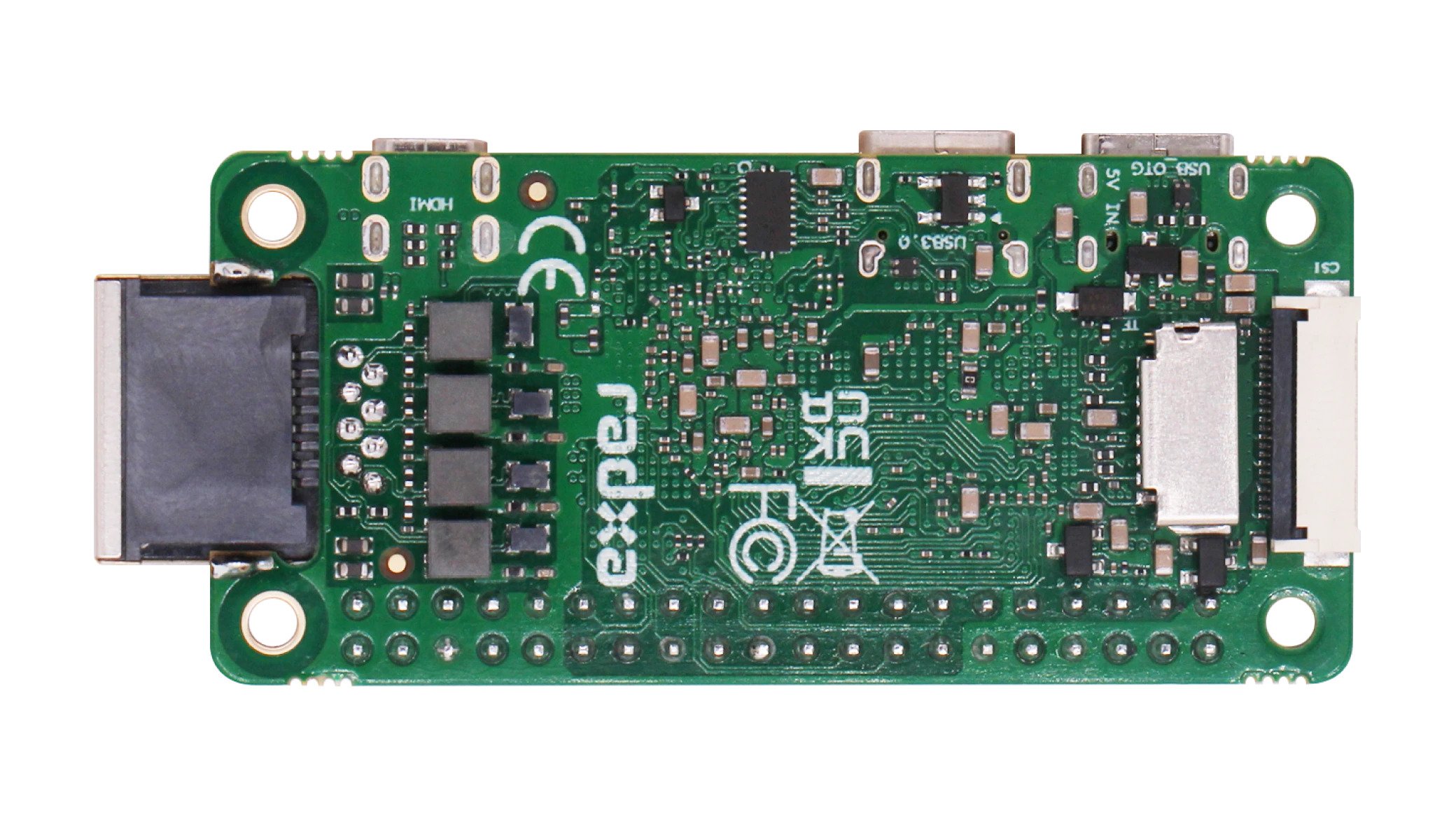Radxa Reveals Another Pocketful of Processing Power

Fresh on the tail of the Raspberry Pi Zero 2 W alternative — the Radxa Zero 3 W — is a new variant of the Zero 3W that does away with wireless connectivity in favor of good ol' Ethernet: the Radxa Zero 3E.




| SoC | Rockchip RK3566. Quad-core Arm Cortex A55 CPU running at 1.6 GHz |
| Row 1 - Cell 0 | Arm Mali G52-2EE GPU |
| RAM | 1/2/4/8 GB LPDDR4 |
| Storage | Micro SD card |
| Ports | Micro HDMI (1080p/60fps) |
| Row 5 - Cell 0 | USB 2.0 OTG Type C, USB 3.0 Type C Host |
| Networking | Gigabit Ethernet |
| GPIO | 40 pin GPIO |
| Row 8 - Cell 0 | 5 x UART, 1 x SPI, 2 x I2C, 1 x PCM/I2S, 6 x PWM, 28 x Digital IO |
| Power | USB C power, 5V via GPIO pins |
| Dimension | 65 x 30mm |
The first key difference is no Wi-Fi or Bluetooth. Given that this is a physically-connected device, we can see the reason for this. Who needs wireless connectivity if you are always on the end of a Gigabit Ethernet cable? The specs confirm that the 3W supports PoE. Now, before we start celebrating, we have to remember that we need a PoE HAT in order to make the magic happen. This is the same for the Raspberry Pi 3B+, 4 and the new Raspberry Pi 5 which will see a redesigned PoE HAT arrive in the coming months.
The second key difference is storage. The 3W comes with between 8GB and 64GB of eMMC storage. But a hulking Ethernet port means we have to forgo onboard storage and fallback to microSD cards. You can pick up some fast and capacious micro SD cards for cheap.
Everything else is the same. We have a choice of 1 to 8GB of LPDDR4 RAM and a USB 2.0 Type C OTG port for connecting peripherals and serial console connections. There is also a USB 3 Type C port, which also provides power to the board.
The CPU is again an underclocked quad-core Arm A55 which runs at 1.6 GHz instead of the typical 1.8 GHz, mainly to keep the CPU cool on such a small form factor. Overclockers will find a way to push the RK3566 SoC for peak performance as the package is capable of 2 GHz — just remember the cooling!
The GPIO is the same as the 3W. It has the same 40 pins (2x20 configuration) as many Raspberry Pis and alternatives, but don't expect the best Raspberry Pi HATs to work out of the box. You'll need to spend a little time hacking in support using your favorite programming language.
Software is the usual Debian, Ubuntu Linux and a version of Android.
Get Tom's Hardware's best news and in-depth reviews, straight to your inbox.
There is no price or release data listed on the product page, but we hope that it falls in line with the 3W's $15 range.

Les Pounder is an associate editor at Tom's Hardware. He is a creative technologist and for seven years has created projects to educate and inspire minds both young and old. He has worked with the Raspberry Pi Foundation to write and deliver their teacher training program "Picademy".